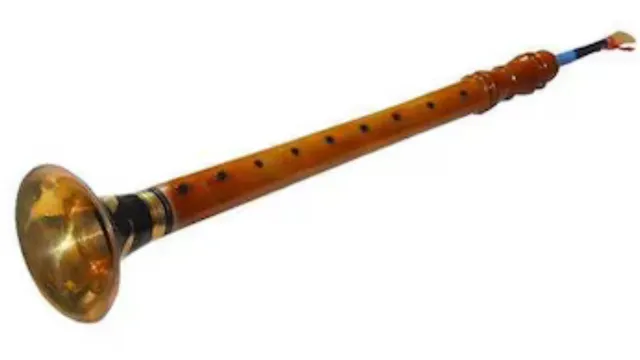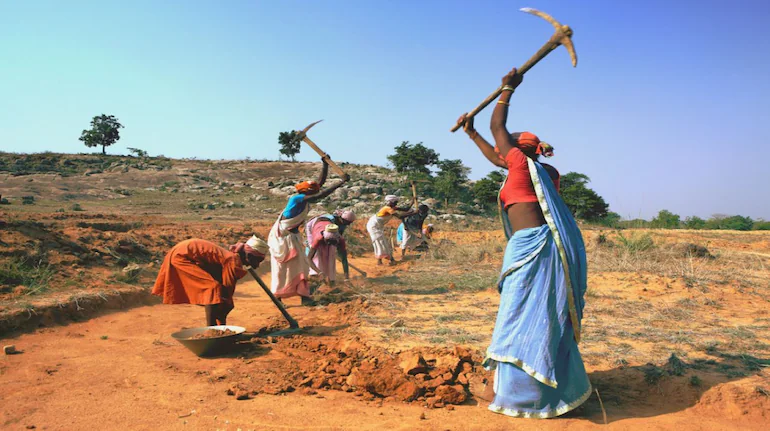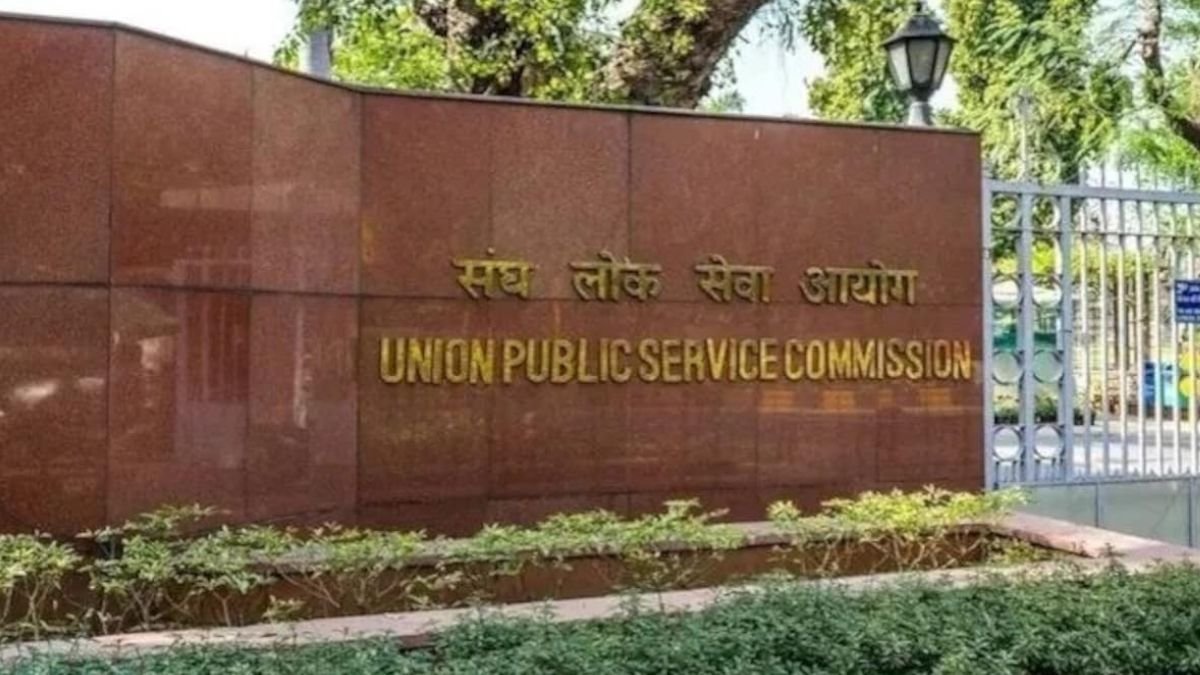- Banarasi Shehnai and Banarasi Tabla have been officially awarded the Geographical Indication (GI) certificate.
- This recognition highlights the cultural and artistic heritage of Varanasi in Indian classical music.
What is the Banarasi Shehnai?
- The Banarasi Shehnai is a traditional Indian wind instrument known for its soulful and vibrant tone.
- Structurally, it resembles the Western oboe but features seven holes on its wooden shaft instead of keys.
- The instrument holds deep cultural significance, especially in Indian temple rituals and spiritual ceremonies.
- Playing the Shehnai is considered highly auspicious, especially during weddings and other festive occasions.
- It rose to global fame through the mastery of Ustad Bismillah Khan, who popularized the Shehnai internationally.
What is Special About the Banarasi Tabla?
- The Banarasi Tabla is rooted in the Benares Gharana, one of the six major tabla gharanas in India.
- This Gharana was founded over 200 years ago by the eminent tabla maestro Pandit Ram Sahai.
- The Benares style of tabla is known for its powerful sound, rich tonal quality, and robust rhythmic patterns.
- It has a distinctive technique and repertoire that sets it apart in Hindustani classical music.
- Legendary tabla virtuoso Padma Vibhushan Pandit Kishan Maharaj hailed from this prestigious musical lineage.
What Does the GI Tag Mean?
- The GI tag certifies the origin and unique traditional value of the Banarasi Shehnai and Tabla.
- It ensures protection against unauthorized use and promotes recognition of regional art forms.
This tag is a major boost to the identity and global visibility of Varanasi’s musical craftsmanship





